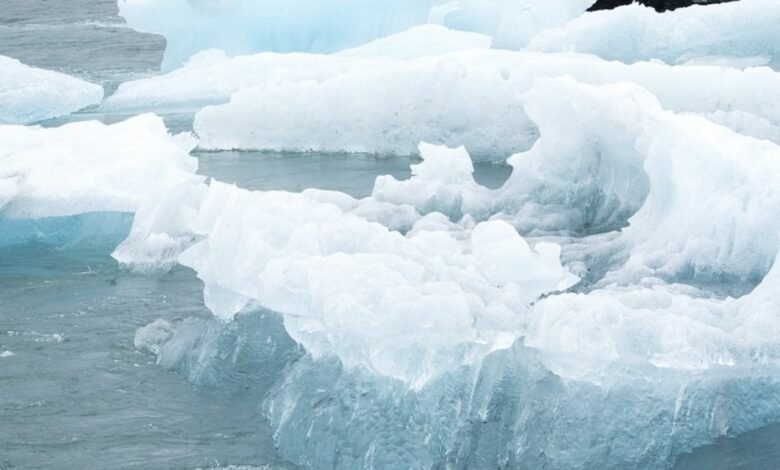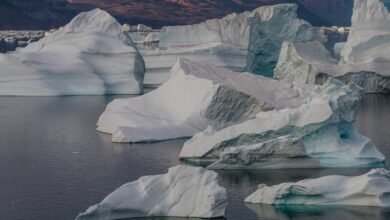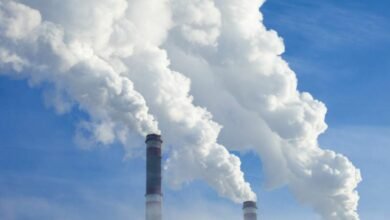Glaciers melt at a faster rate as weather heats up
There has been a dramatic speed in the melting of glaciers, says a UN WMO report.

Climate change has been frightening over the past few years, with heat conditions scaling new highs. The state of the world’s glaciers offers a clear picture of what the situation is going to be.
Last year witnessed a dramatic speed in the melting of glaciers, going by a report revealed by the United Nations’ World Meteorological Organization. Even more alarming is the fact that the report points out that trying to save the world’s glaciers could be a futile task.
The planet has recorded the warmest weather during the past eight years. The period has also witnessed a situation wherein greenhouses gases have climbed to unimaginable levels. The ice in the Antarctic seas has diminished in size to its lowest, while glaciers of some European regions have melted beyond compare.
Sea levels rise to record levels
The report also points to a situation where sea levels have risen to record levels, after having jumped around 4.62 millimetres per year between the 2013-2022 period on an average. When compared to the annual rate between 1993 and 2002, this is double the growth. The seas also witnessed scorching temperatures, as they form the spaces where about 90 percent of the heat trapped on Earth by greenhouse gases ends up.
The planet has been experiencing record temperatures over the past eight-year period on an average. This is despite the fact that the La Nina weather phenomenon had pulled down mercury levels over half that period. It needs to be recalled that he Paris Agreement of 2015 had seen nations wholeheartedly agreeing to cap global warming levels below 2-degree Celsius above average levels recorded during between the 1850-1900 period.
Glaciers shed weight as world watches in fear
Going by the United Nations’ World Meteorological Organization findings, greenhouse gas concentrations had scaled new highs during year 2021. This also meant that carbon dioxide concentration had touched 415.7 parts per million globally, which translates to 149 percent of the pre-industrial (1750) level. Methane concentration touched 262 percent. The year 2022 had witnessed a climb in these numbers.
The warming has led to around 400 glaciers go lean at more than 1.3 metres between October 2021 and October 2022 on an average.







